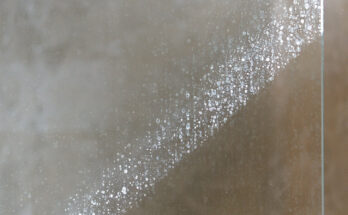Companion Plants That Highlight The Unique Color Of Ponysfoot Ground Covering
Ponysfoot (Dichondra spp.) is a versatile problem-solver in the world of landscape design, adding beauty between patio pavers and suppressing weeds as a ground cover. Silver ponysfoot (Dichondra argentea ‘Silver Falls’) is especially popular because its foliage is an attractive shade of gray. In addition to providing contrast in a sea of green, this hue can make the colors of nearby plantings pop. Likewise, crisp whites and the cool undertones in many greens, pinks, blues, and purples help silver ponyfoot shine.
Before devising a companion planting plan, get to know the needs of your silver ponysfoot. This will help you choose plants with similar sunlight, soil, and hydration preferences, which simplifies garden care considerably. Also known as silver nickel vine, silver ponysfoot has a trailing habit. This means that it spreads horizontally and may climb over the edges of dividers and containers. When planted in ideal conditions, it tends to grow quickly and return year after year.
Silver ponysfoot is a good choice for desert-like landscapes since it appreciates full sun and can manage high temperatures and infrequent watering. It won’t tolerate frost, however. For this reason, it’s best suited for USDA hardiness zones 9 through 12. If you live in a cooler climate, you’ll need to grow silver ponysfoot as an annual, which involves installing new plants each spring. If you’re going to use it as a ground cover, address any water drainage issues at its growing site before planting it. For example, if your garden contains clay, which encourages water to pool, amend the soil with compost.
Colorful plants to pair with silver ponyfoot
When shopping for silver ponysfoot companions, choose plants in complementary colors that share its predilection for full or dappled sun, well-draining soil, warm temperatures, and light watering. Also remember that silver ponyfoot’s rounded leaves look slightly metallic. In other words, you can think of this plant like a piece of silver jewelry or home decor. Silver tends to enhance colors with icy blue undertones more than those with warm yellow ones. That’s why silver ponysfoot stands out near shrubs with purplish leaves. If you live in zone 9 or 10, Chinese fringe flower (Loropetalum chinense) is one such option. Many cultivars also produce pink or white flowers that look striking near silver ponysfoot. Like silver ponysfoot, Chinese fringe flower plants appreciate 6 hours of direct sunlight each day but don’t mind a bit of shade.
Want to plant wildflowers by a silver ponysfoot ground cover? Blue lobelias (Lobelia puberula) may fit the bill. Their cool-toned blossoms look stunning near ponyfoot’s silver foliage. Plus, the plants’ differing heights provides eye-catching contrast. While silver ponyfoot reaches maximum height of 4 inches, blue lobelia grows to 3 or 4 feet. Both plants do well in zone 9, and blue lobelia can bring pollinators to your garden.
Seeking a flowering companion that thrives in the warmest parts of silver ponyfoot’s growing range? Try a desert rose (Adenium obseum) with bright pink or snowy white flowers. This shrub lives its best life in zones 11 and 12, in the hot and dry weather silver ponyfoot craves. Hummingbirds also love its flowers; their bell-like shapes will boost your garden’s visual appeal.



